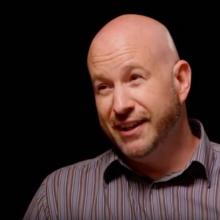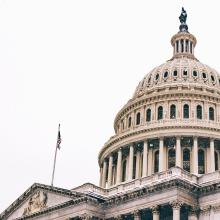As concerns about climate change intensify, international collaboration on research is providing new insights—and hope for solutions. From researching cloud formation in the Arctic to studying earthworm ecosystems, teams of international researchers work together on the most pressing global issues.










